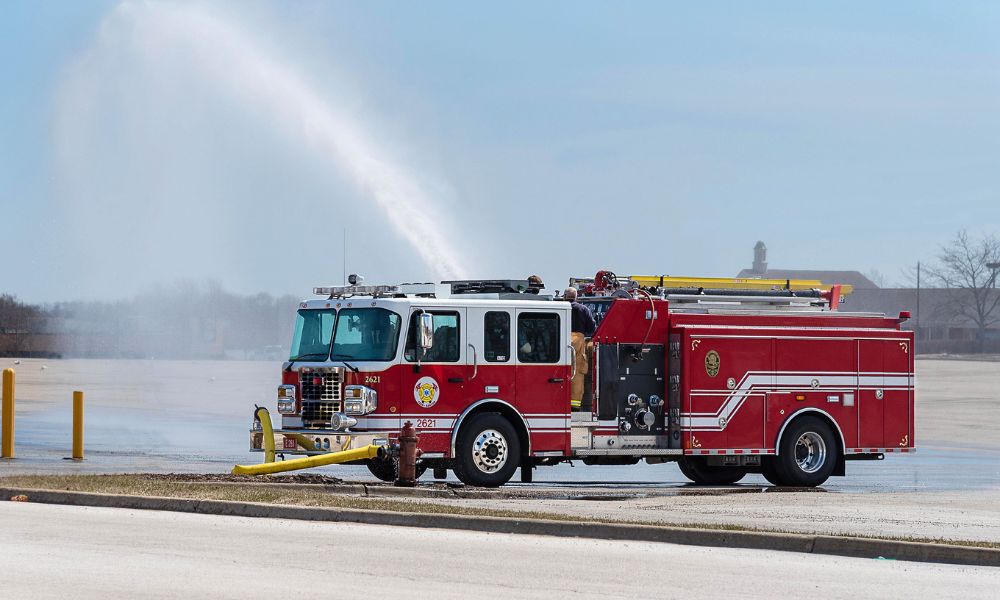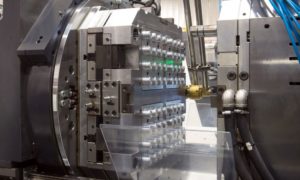Selecting the right fire truck tank is crucial to ensure a fire truck’s performance. We’ll explore the key considerations when choosing a fire truck tank and unravel various aspects like tank size, material, water delivery system, and pumping capacity. Understand how to evaluate your fire crew’s needs and make an informed decision when selecting a fire truck tank.
Size Matters: Optimal Capacity for Your Needs
One of the primary factors to consider when choosing a fire truck tank is its size. The capacity of the tank determines the volume of water it can hold, which directly impacts your crew’s firefighting capabilities. A larger tank enables more water supply but may be cumbersome to maneuver, especially when responding to urban fire emergencies.
On the other hand, a small tank makes the fire engine easy to navigate through streets but may not provide an adequate water supply during large-scale fire incidents. Select a tank size that balances water supply and maneuverability according to the fire incidents you commonly respond to.
Material Considerations: Durability and Resistance
The material of the tank plays an essential role in its performance, longevity, and resistance to external conditions. Steel and aluminum are popular due to their durability and strength. However, plastic water tanks for trucks have gained popularity due to their lighter weight, chemical resistance, and affordability.
Polypropylene tanks offer excellent impact resistance and durability, making them suitable for aiding firefighters. Carefully evaluate the pros and cons of each tank material before making your decision.
Water Delivery System: Ensuring Efficiency
The water delivery system is a crucial aspect of fire truck tanks and significantly affects firefighting efforts. The tank’s efficiency depends on the piping systems, valving configurations, and ease of water access, not merely the volume of water it holds.
Choosing a tank with a well-designed water delivery system ensures seamless water flow, quick response times, and minimal water waste during firefighting operations.
Pumping Capacity: Power and Flexibility
The pumping capacity of a fire truck tank refers to how quickly it can pump water to extinguish fires. A higher pumping capacity translates to faster water discharge, which is vital when responding to large-scale fire incidents.
Consider a tank with a flexible pumping system that can cater to different fire scenarios, as the various calls you respond to may demand other water pressures and flow rates.
Assessing Your Requirements
To select the ideal fire truck tank for your engine, assess your department’s requirements. Determine the type of fires your team frequently encounters, the geographical and topological challenges specific to your region, and your budgetary constraints. By carefully considering these aspects and evaluating your needs, you can choose a fire truck tank that optimizes your firefighting capabilities and helps you save lives.
Selecting the right fire truck tank involves carefully considering various elements. By assessing your department’s unique requirements, you can make an informed decision about the best tank to suit your needs and ensure the effectiveness of your firetruck.




